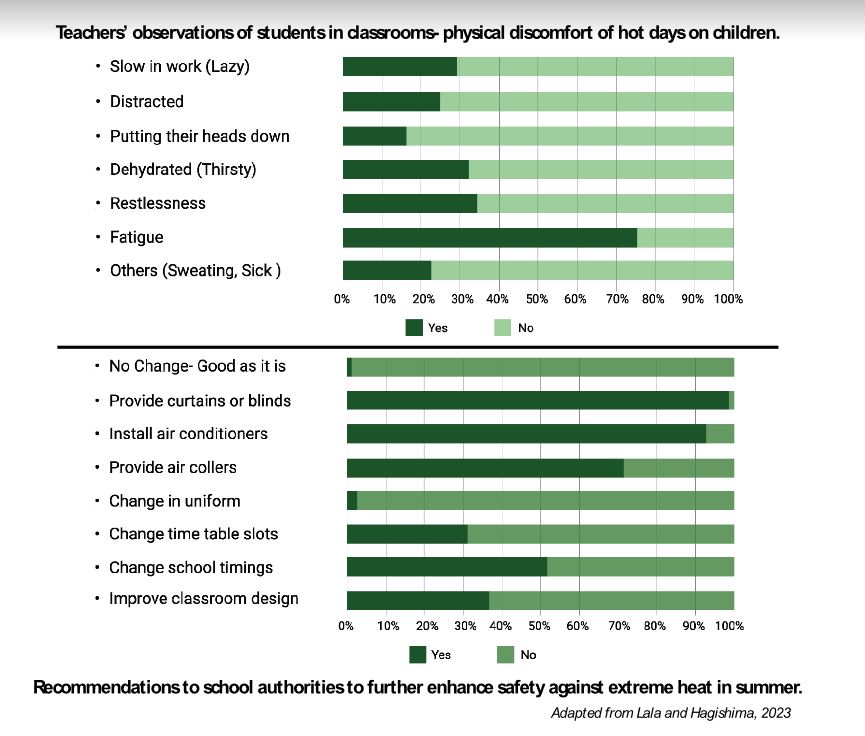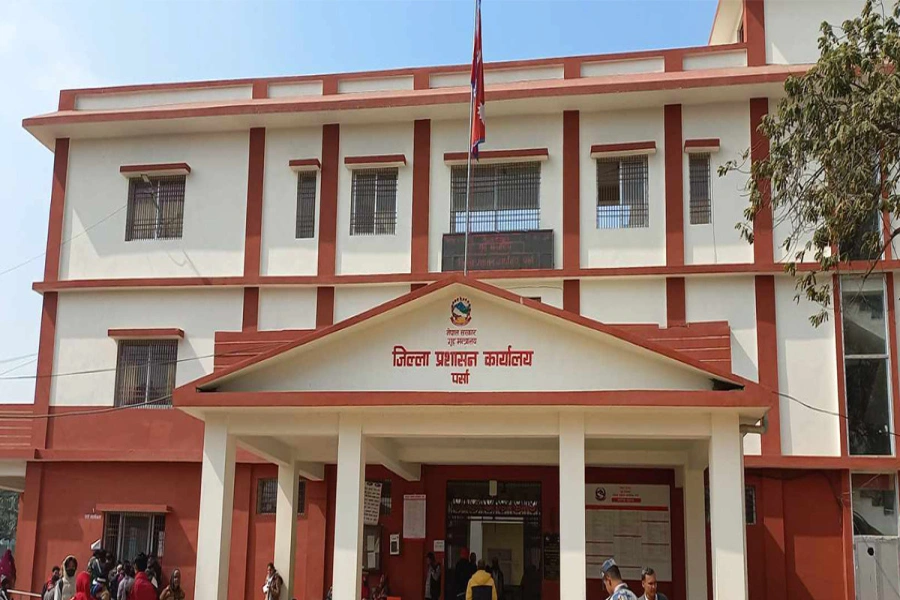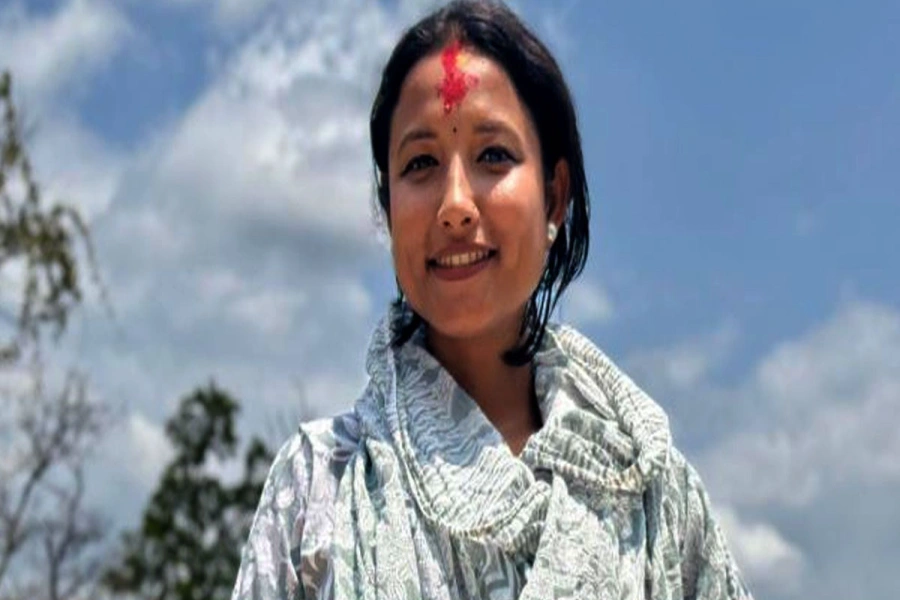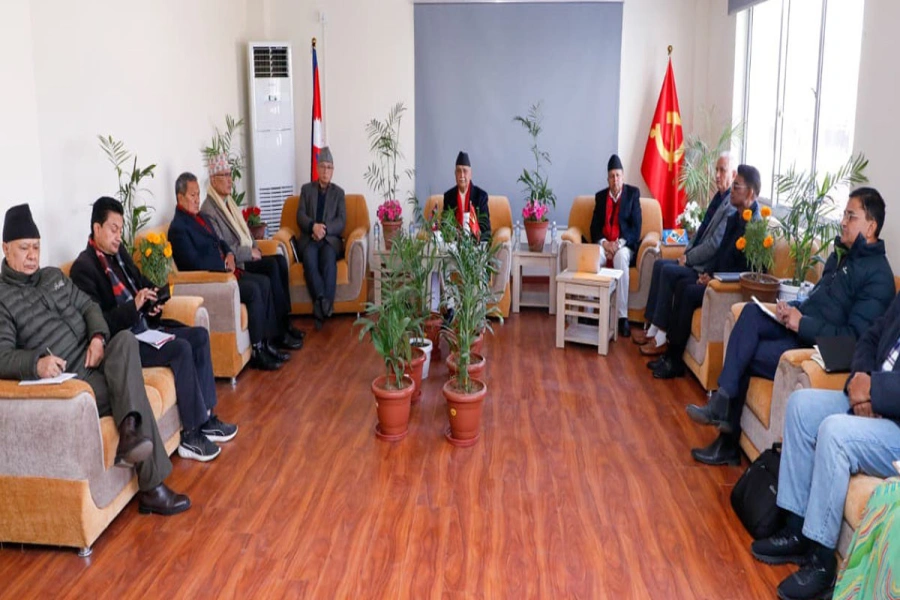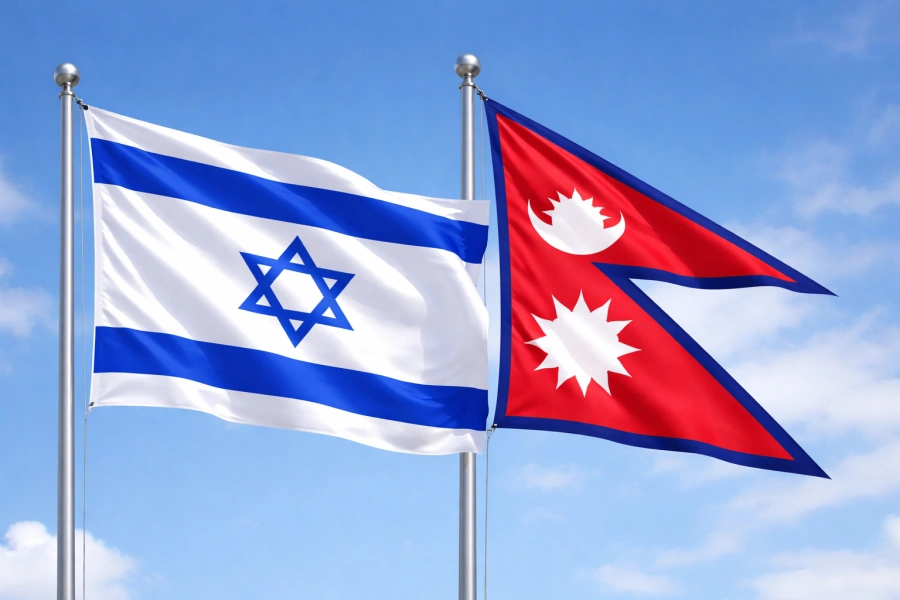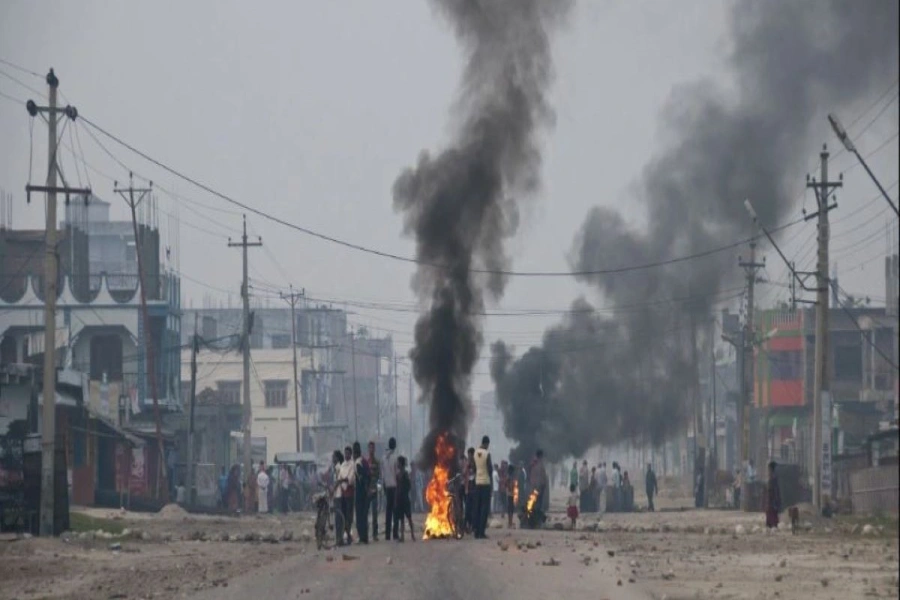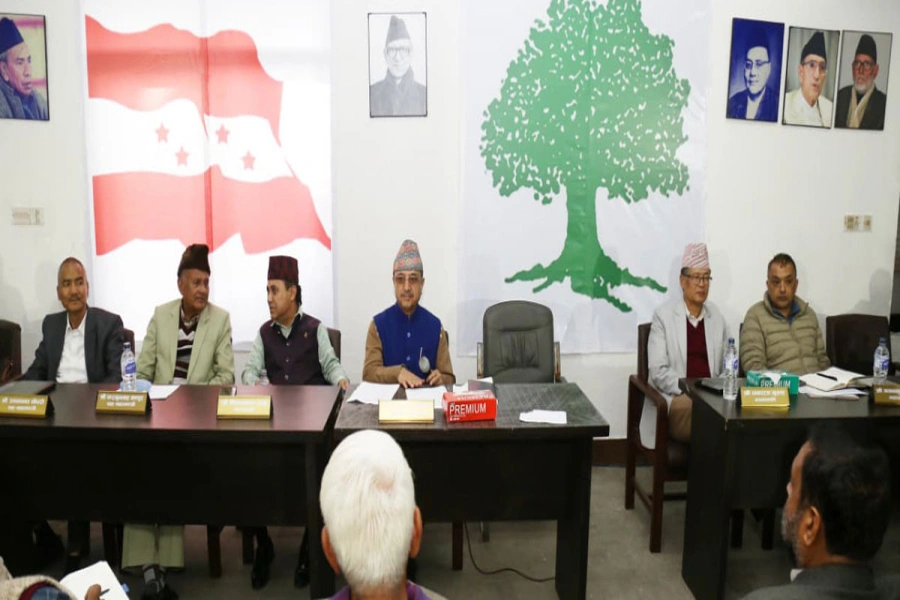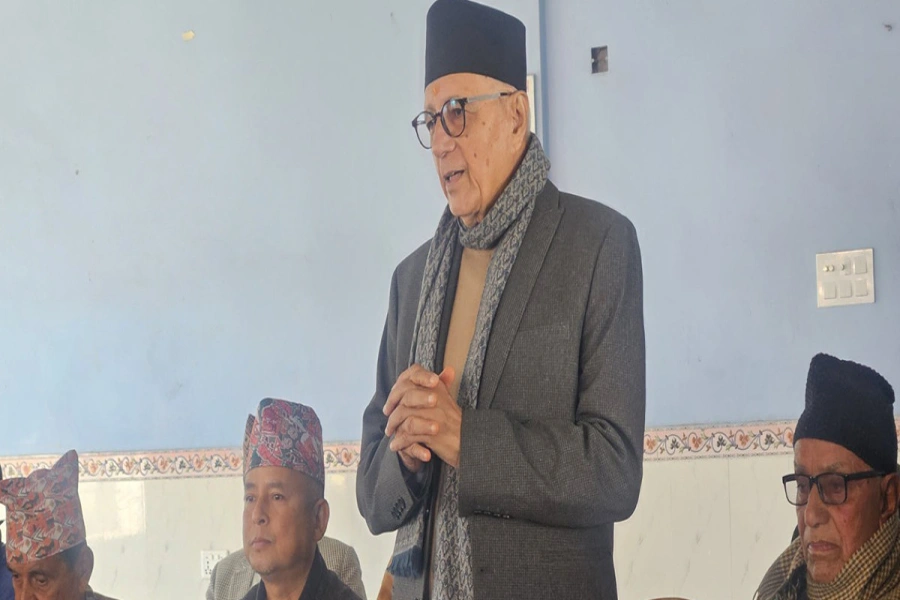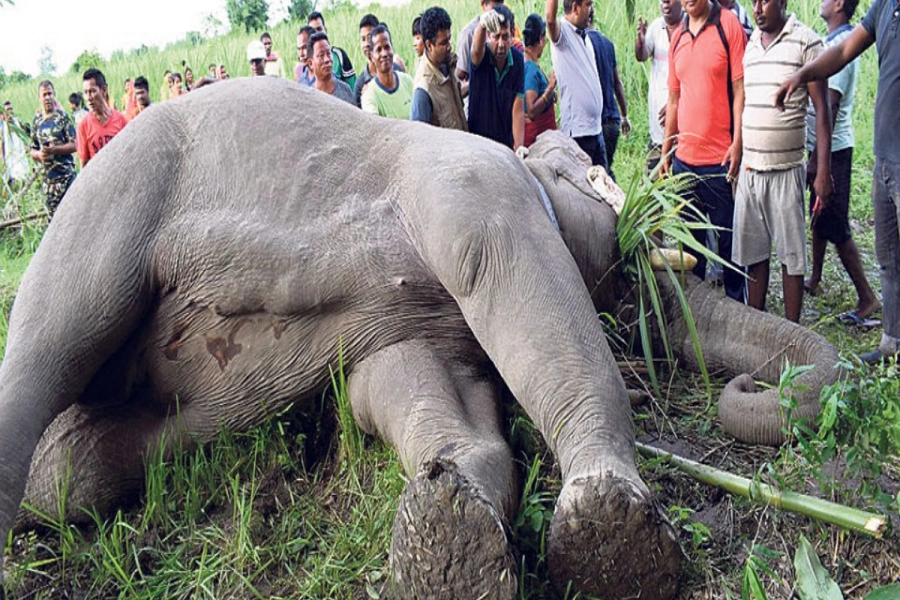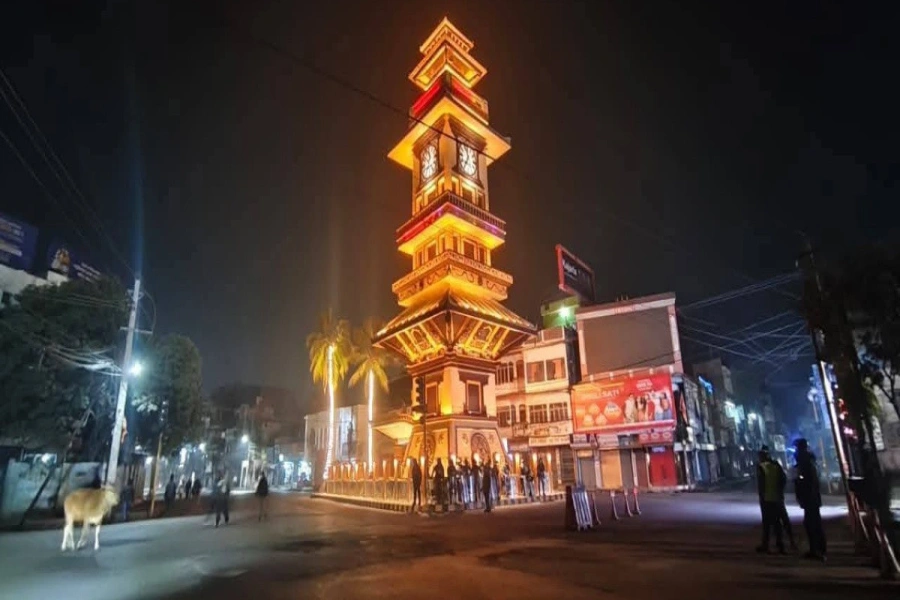Rising temperatures in Nepal compel the closure of schools as the effects of the global climate catastrophe become more severe. This urgent situation emphasizes the need to prevent school-going children, particularly in education, from bearing a disproportionate burden of climate change.
Addressing climate justice becomes crucial in light of the increasing heat waves caused by climate change. Climate justice extends to children's education to ensure equitable access to high-quality education for all students caused by climate change. It is critical to prioritize educational opportunities for all children, especially those in vulnerable places when catastrophic weather events and environmental deterioration disturb communities. To achieve climate justice, we must address the inequalities that prevent people from accessing education, such as poor infrastructure, insufficient funding, and disruptive learning environments. By guaranteeing equal access to education, we provide children with the tools they need to understand and respond to climate change, raising a generation ready to tackle environmental problems and build a sustainable future for all.
Screenshots of the newspaper articles that were published in the last week
SHIFT for Our Planet: Youths urge authorities to make climate j...

Rising temperatures are harming Nepal's educational institutions as the country struggles to cope with the harsh realities of climate change. Extreme heat waves have resulted in the closure of schools not only in Nepal but also in the United States and neighboring countries like India and Bangladesh. A recent study revealed that Nepal's temperature has experienced an average warming trend of 0.4 °C per decade annually. Schools across the country are shuttered due to oppressive heat, affecting the education of thousands of students. Children's health can suffer from heat exhaustion, dehydration, and even life-threatening heat stroke during heat waves. Young children are more prone to overheating than adults because they have a larger surface area to body weight ratio. Their bodies have difficulty controlling their internal temperatures and may have trouble expressing discomfort or asking for assistance. Children are particularly vulnerable because they often participate in physical activity without understanding the possible risks of high heat.
In underprivileged areas, where getting a good education is already difficult, the effects of the educational crisis are particularly severe. Given that people who are least responsible for greenhouse gas emissions suffer the most from their effects, climate justice requires that we acknowledge and rectify these imbalances. Experts attribute the increase in temperatures in Nepal to various climatic causes. The impact of heat islands increases due to deforestation, increased urbanization, and the spread of concrete jungles, which worsens the already warm temperature. The melting of Himalayan glaciers further exacerbates heat stress, endangers water supplies, and increases the possibility of droughts.
In addition to impeding academic achievement, school closures also have wider socio economic repercussions. Social mobility and empowerment are sparked by education, helping both people and communities escape the cycle of poverty. The road to a brighter future is blocked when educational opportunities are restricted, which keeps inequality alive. Planning and designing cities is essential to safeguarding kids from heat-related dangers. Urban heat islands can be reduced through green infrastructure, such as parks and trees, which provide shade and lower surface temperatures to make school grounds and playgrounds safer for kids to play and interact. Additional green spaces should be created in highly populated regions. Furthermore, encouraging energy-efficient housing with enough insulation and ventilation can help maintain cooler interior temperatures, reducing the need for energy-hungry cooling systems.
Some findings of the research. Lala, B.; Hagishima, A. Impact of Escalating Heat Waves on Students' Well-Being and Overall Health: A Survey of Primary School Teachers. Climate 2023, 11, 126.
A recent study published last week revealed that primary school students in India are highly vulnerable to the adverse effects of climate change, particularly intensifying heat waves. To address the limited understanding and mitigation of children's vulnerabilities, the authors surveyed 300 primary school teachers in seven cities (Delhi, Jaipur, Ajmer, Vadodara, Udaipur, Ahmedabad, and Pune). The research revealed that 32% of teachers experienced health effects or sicknesses due to excessive heat. Fatigue was the most evident discomfort (76%), and other symptoms included feeling dehydrated, laziness, and restlessness. As much as 96% of the teachers acknowledged that students were often distracted and lost concentration due to heat, and 54% believed that it impacted academic performance. Instances of students returning home early due to heat-related illness were reported, with 3-10 students affected per week in 96% of cases. The students complained of fatigue (70%) and intense sweating (62%). It was found that all teachers ensured that safe and cool drinking water was readily available to students, with 84% reminding them to stay hydrated. However, none of the schools surveyed had air conditioning systems. Instead, measures such as limited school hours during hot days (90%) and closure on designated "heat-wave days" were implemented. Only 30% of schools educated parents and students about heat risks and management. Teachers recommended measures such as window blinds or curtains (99%), air-conditioning (93%), and air-coolers (72%) to improve classroom conditions. Furthermore, it was concerning that only 36% of teachers found the government's awareness program on heat waves sufficient, and only 18% were aware of the prevention guidelines. Alarmingly, 84% of teachers reported not receiving specific training in heat-related illnesses.
This survey highlights the impact of heat waves on children's health and well-being. The results emphasize the urgent need for classroom heat risk management and propose policy prescriptions to protect students from heat-related risks. This research fills crucial gaps in understanding and addressing the challenges children face due to climate change. Although the situation would be similar in Nepal, such a study should be carried out in Nepal.
A multifaceted strategy is needed to address the issue of climate justice in the context of education. The government must work with civil society organizations and foreign partners to create and execute adaptive measures. These might entail creating climate-resistant school structures, including climate change curricula, and giving kids access to secure, environmentally friendly transportation. Additionally, there has to be a coordinated effort to promote accountability among policymakers through increasing understanding of climate change and its effects on education. One aspect of this is advocating for legislation prioritizing climate justice and ensuring that disadvantaged groups are not left behind in the face of environmental issues.
One upsetting effect of the climate problem is the forced shutdown of schools in Nepal due to rising temperatures. It is a sharp reminder that addressing climate justice immediately is not simply a lofty ideal. We can work towards a future where every kid can access excellent education, regardless of the changing environment. For the sake of our children and the earth they will inherit, now is the moment to take action.


_20230607135743.jpg)

